Introduction
The global commodity trading market is experiencing a shift in 2025 due to economic fluctuations, geopolitical tensions, and supply chain disruptions. Simultaneously, the logistics industry faces ongoing challenges like port congestion, environmental regulations, and cost inflation. This blog explores the latest commodity trading trends, the biggest challenges in global logistics, and innovative solutions, backed by real case studies and statistical reports.
Latest Trends in Commodity Trading (2025)
- Energy Market Stabilization
- The oil market is expected to remain stable with prices around $70 per barrel, as predicted by Gunvor CEO Torbjorn Tornqvist. Supply is anticipated to outpace demand.
- Meanwhile, the natural gas market sees growth due to rising demand for liquefied natural gas (LNG) in Europe and Asia.
- Renewable energy commodities (hydrogen, lithium, and cobalt) are gaining momentum as governments push for carbon neutrality.
- Metal Prices Surge Amid Supply Constraints
- Copper prices are forecast to hit $12,000 per ton, driven by electric vehicle (EV) demand and supply disruptions in South America.
- The gold market remains bullish due to investors hedging against economic uncertainties.
- Agricultural Commodity Volatility
- Climate change impacts wheat, corn, and soybean production, leading to price fluctuations.
- Global food inflation remains a concern as supply chain disruptions and export bans (e.g., India’s wheat export restrictions) continue.
Key Challenges in Global Logistics (2025)
1. Port Congestion and Shipping Delays
- Increased container freight rates due to bottlenecks at major ports like Los Angeles, Rotterdam, and Singapore.
- Red Sea disruptions and Houthi attacks on vessels impact trade routes.
- Case Study: Kuehne+Nagel, a global logistics firm, faces operational setbacks but adapts with alternative transport routes and higher-margin services.
Source: Reuters
2. High Freight Costs & Fuel Price Fluctuations
- Shipping container rates rose by 15% due to geopolitical instability.
- The diesel price increase has raised trucking costs across Europe and the U.S.
- Case Study: Maersk Line adjusts its fleet strategy, adopting green fuel solutions to manage fuel price volatility.
Source: Shipping and Freight Resource
3. Sustainability & Carbon Emission Regulations
- The EU’s Carbon Border Adjustment Mechanism (CBAM) puts pressure on logistics firms to adopt low-carbon shipping solutions.
- Case Study: DB Schenker invests in electric trucks and biofuel-powered ships to comply with emissions regulations.
Source: European Environment Agency
4. Cybersecurity Threats in Digital Supply Chains
- Increased cyberattacks targeting logistics management software and port operations.
- Case Study: The 2024 MSC cyberattack disrupted global shipping operations, forcing firms to invest in advanced cybersecurity solutions.
Source: Ancoralog
5. Trade Policy Shifts and Geopolitical Risks
- U.S.-China trade tensions and sanctions on Russia continue to disrupt commodity supply chains.
- Case Study: Hong Kong’s cargo sector sees a decline in volume as trade restrictions affect air freight.
Source: Financial Times
Innovative Solutions in Logistics & Commodity Trading
1. AI and Blockchain for Supply Chain Optimization
- AI-driven predictive analytics helps companies anticipate demand fluctuations.
- Blockchain technology improves shipment tracking and reduces fraud.
- Example: IBM & Maersk’s blockchain platform reduces customs processing times by 40%.
Source: IBM TradeLens
2. Green Logistics & Alternative Fuels
- The rise of electric trucks, hydrogen-powered ships, and sustainable aviation fuel (SAF).
- Example: DHL’s GoGreen initiative aims for zero-emission logistics by 2050.
Source: DHL Sustainability Report
3. Multimodal Transport & Smart Warehousing
- Companies are shifting to rail and inland waterways to reduce costs.
- Smart warehouses use automated robotics and IoT for faster fulfillment.
- Example: Amazon’s AI-powered fulfillment centers improve efficiency by 30%.
Source: Supply Chain Dive
Conclusion
The commodity trading and global logistics industries in 2025 are shaped by energy market shifts, trade policy changes, and sustainability regulations. To stay competitive, businesses must embrace technology, diversify transport methods, and invest in greener logistics solutions.

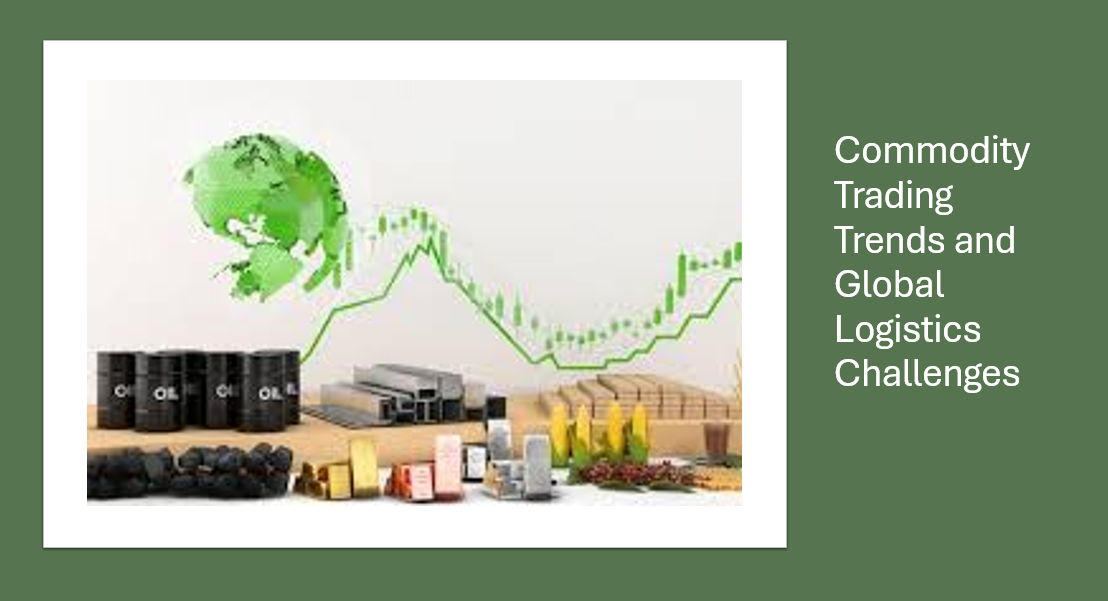
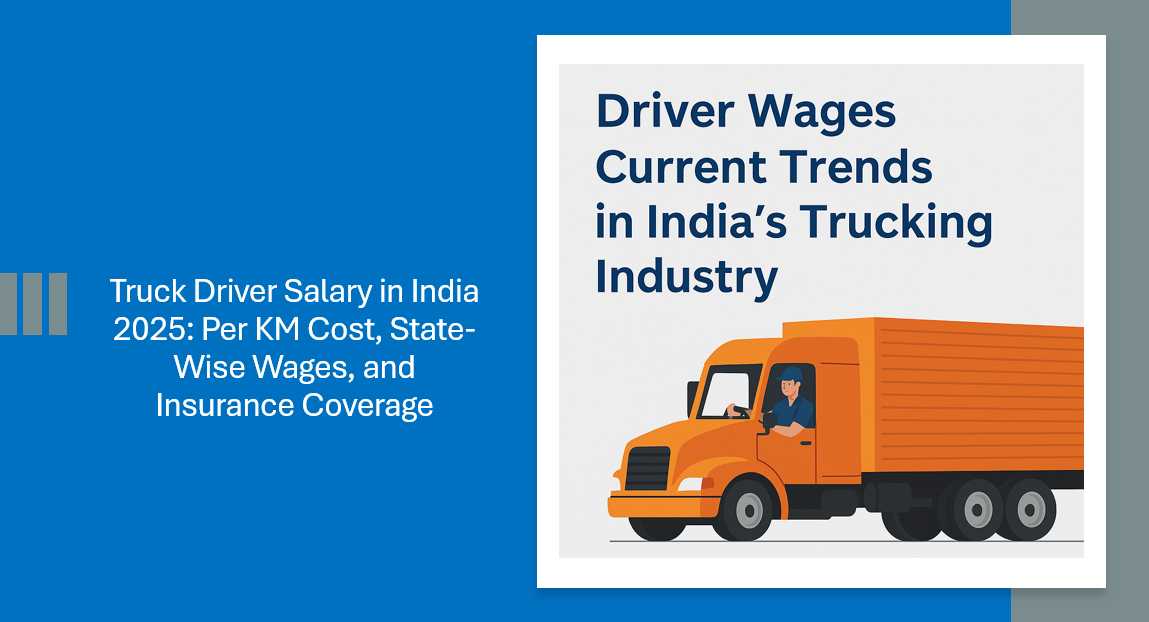
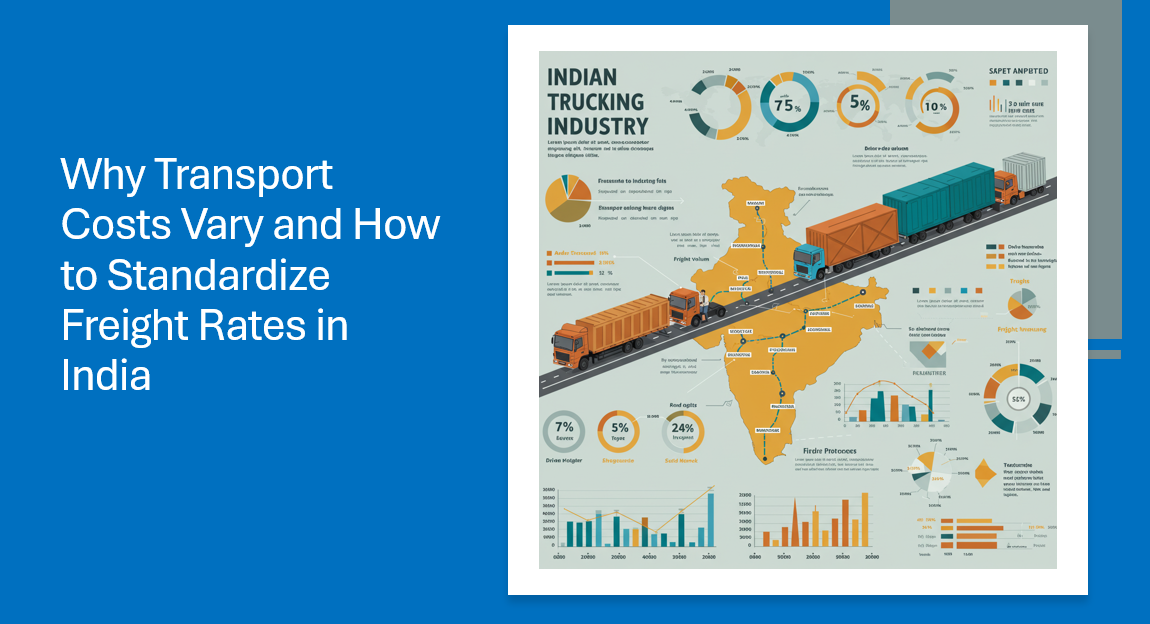
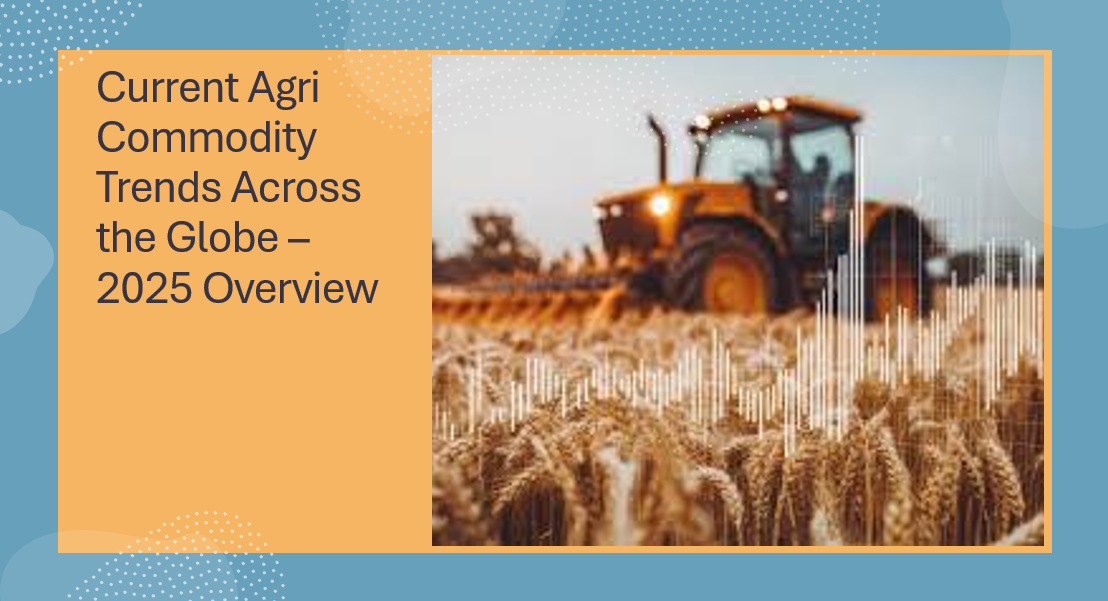

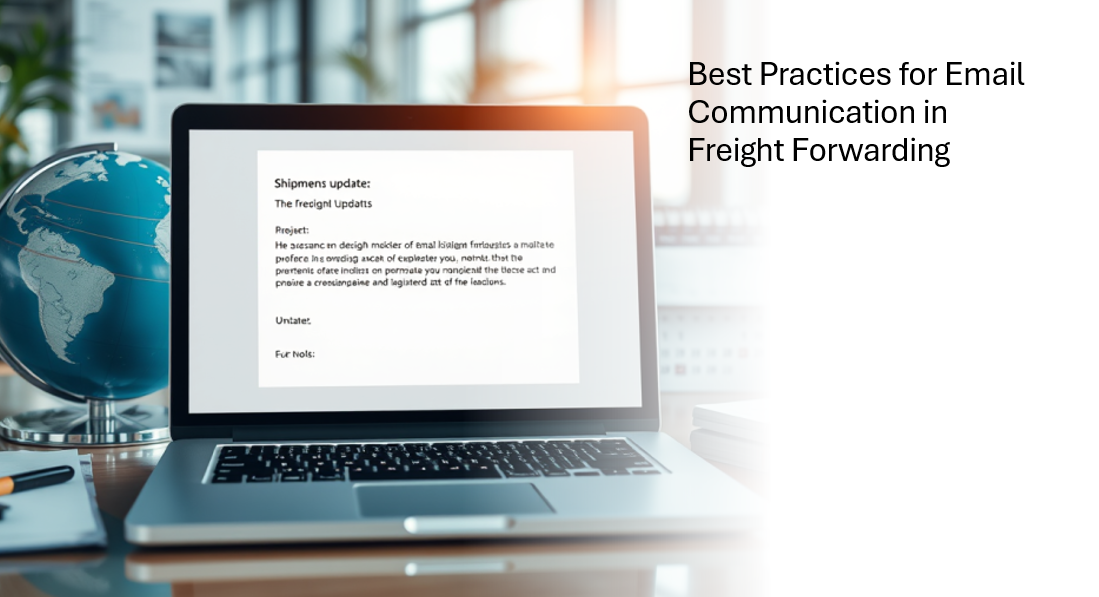
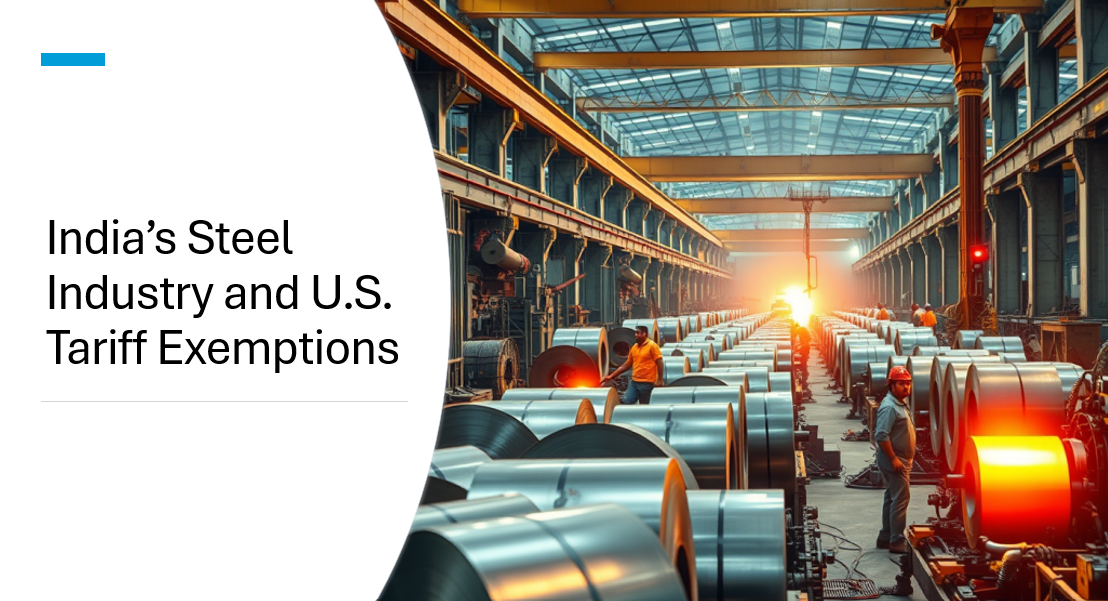
Leave a Reply